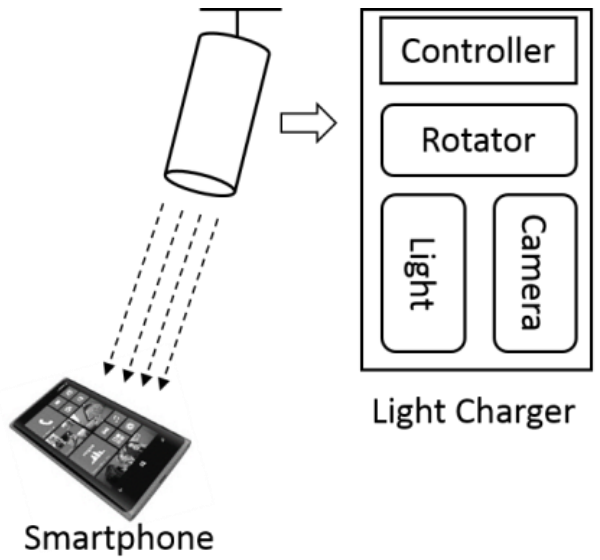 Regularly charging our smartphones is something that we all do on an almost daily basis. The most common way to do so relies on the ubiquitous charge cable. More recently, wireless charging has made things somewhat simpler but we must still remember to place our devices on a charging pad. It could get even easier in the future thanks to Microsoft Research’s AutoCharge technology. Imagine simply dropping your smartphone on your desk and finding it recharged when it’s time to go again.
Regularly charging our smartphones is something that we all do on an almost daily basis. The most common way to do so relies on the ubiquitous charge cable. More recently, wireless charging has made things somewhat simpler but we must still remember to place our devices on a charging pad. It could get even easier in the future thanks to Microsoft Research’s AutoCharge technology. Imagine simply dropping your smartphone on your desk and finding it recharged when it’s time to go again.
AutoCharge promises to not only detect a smartphone in need of charging but recharge it using nothing more than a light beam to do so. No wires, no cradles and no more dead batteries in the morning!
Developed by Microsoft researchers Yunxin Liu, Zhen Qin, and Chunshui Zhao, AutoCharge consists of a charger that delivers the charge using a common light beam using solar charging technology. The charger knows when to activate thanks to the second component, a smartphone detection system, that can detect a smartphone lost among the clutter of your desk.
As the name implies, solar charging is a technology more commonly associated with the outdoors. Given how much solar light is scattered indoors, it would not work. Enter the secondary light source to act as the sun. Photovoltaic (PV) cells on the phone itself use the light to recharge the battery.
As for the detection system, it consists of a camera that monitors a designated surface such as a desk. When a smartphone is detected, the charger adjusts the direction of the light beam to fall on the smartphone and begins recharging it. BlueTooth or an LED light on the phone can be used to signal when the battery is full to stop the charging process.
Although AutoCharge is still a prototype, it was able to detect a smartphone in 0.3 seconds and begin charging it within one second.
The bigger challenge may well be to get manufacturers to integrate the photovoltaic panels on their phones to take advantage of the new technology.
Would you be willing to give up a bit of screen space to have your smartphone recharge itself using nothing more than a light beam? Let us know below.
Sources : Microsoft Research // VentureBeat
